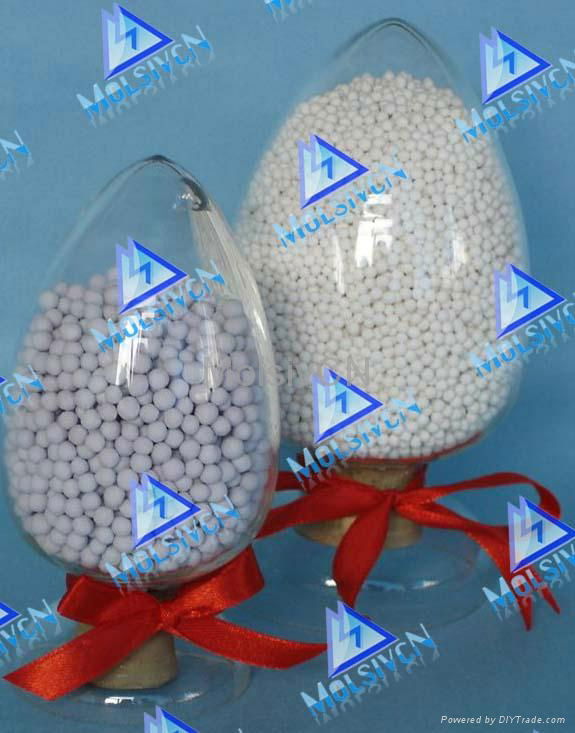Activated alumina is a granular, highly porous material consisting essentially of aluminum trihydrate. It is widely used as a commercial desiccant and in many gas drying processes.
The studies, perhaps the earliest, have demonstrated the high potential of activated alumina for fluoride uptake. An initial concentration of 5 mg/L was effectively brought down to 1.4 mg/L before regeneration and to 0.5 mg/L on regeneration with 2N HCl. The bed was regenerated with a solution of 2% Na OH,5% NaCl,2N HCl,5% NaCl and 2N HCl. The removal capacity of the medium was found to be about 800 mg/L of fluorid e/L of Alumina. Many modifications of process was s ested by subsequent workers, several patents based on the use of Aluminum oxide for fluoride removal were issued 1. Filter alum was used to regenerate activated alumina bed. The capacity of alumina to remove fluoride was reported to be proportional to the amount of filter alum used for regeneration up to a level of about 0.2kg of alum per litre of alumina. At this level the fluoride removal capacity was approximately 500 mg of fluoride per litre of alumina. Similar studies employing activated alumina was later conducted by many workers and all these works confirmed the ability of activated alumina for higher uptake of fluoride from water. Some researchers have concluded that removal was the result of ion exchange, but investigations by others have shown that the process is one of the adsorption and follows the Langmuir isotherm model.
Activated Alumina can be regenerated with HCl, H2SO4, Alum or NaOH. The use of NaOH needs to be followed by a neutralization to remove residual NaOH from the bed. Fluoride removal by activated alumina is strongly pH dependent. Batch adsorption data14 showed very little removal at pH 11.0 and optimum removal at pH 5.0.Hence raw water pH & regenerated bed pH need to be ad justed accordingly.
The ability of activated alumina to remove fluoride depends on other aspects of the chemistry of water as well. Such factors as hardness, silica and boron, etc., if present in water will interfere with fluoride removal and reduce the efficiency of the system.
The use of activated alumina in a continuous flow fluidized system is an economical and efficient method for defluoridating water supplies15. The process could reduce the fluoride levels down to 0.1 mg/L. The operational, control and maintenance problems, mainly clogging of bed, may be averted in this method.


